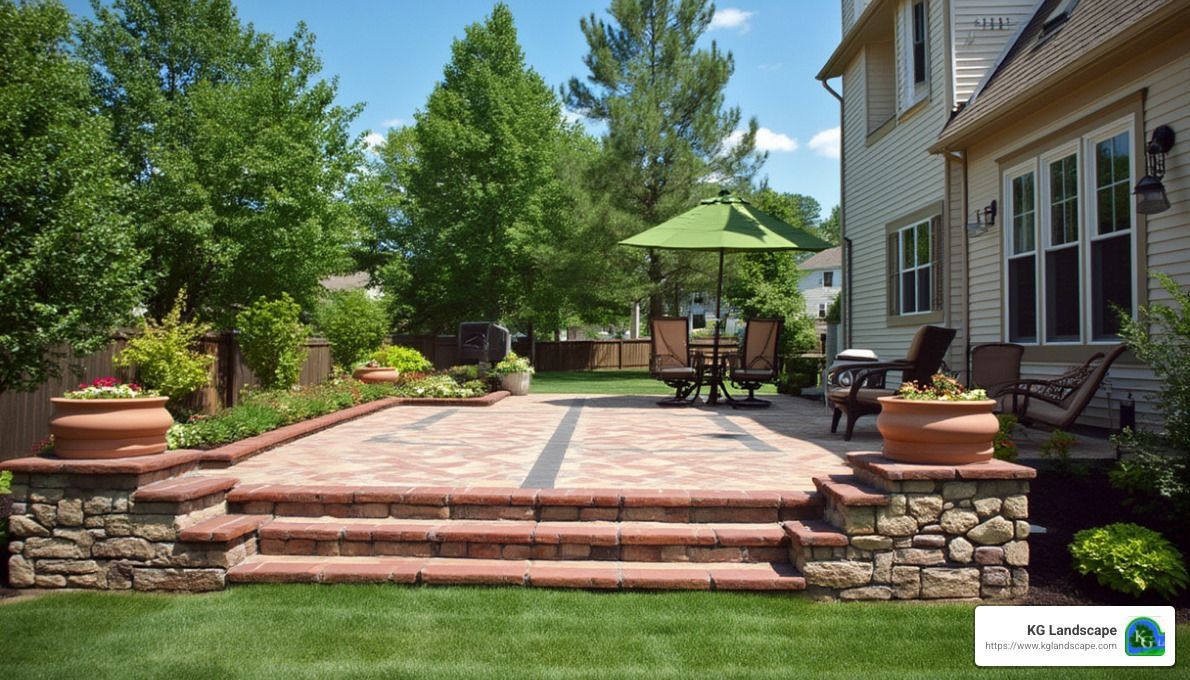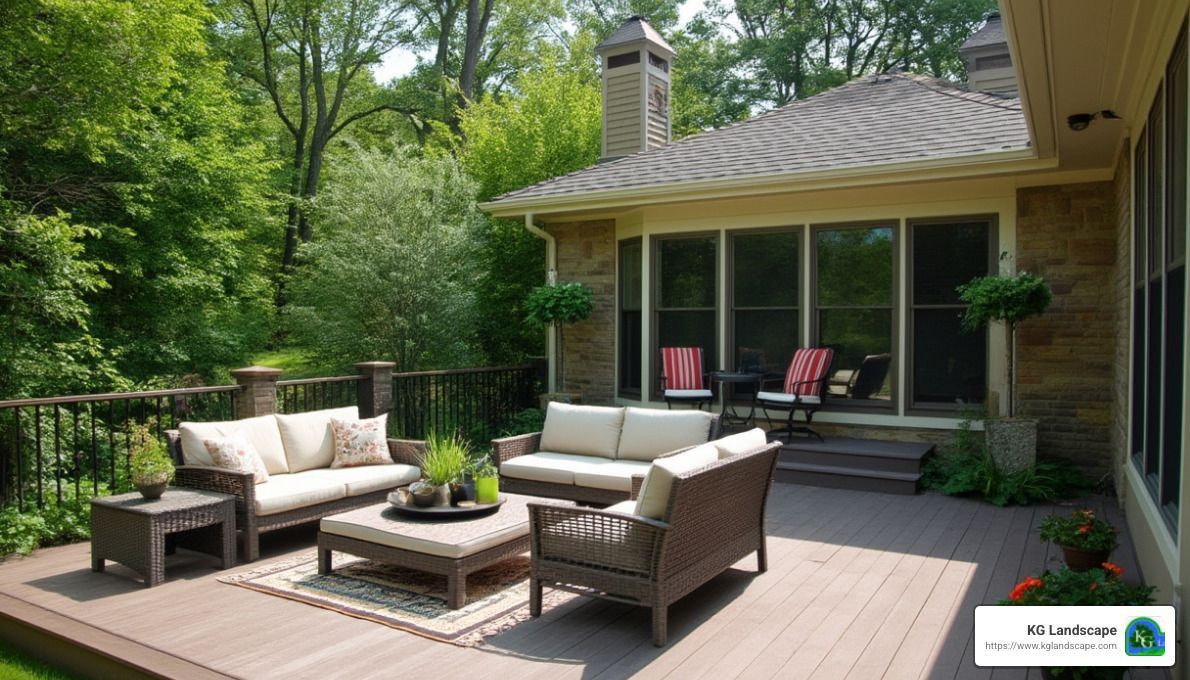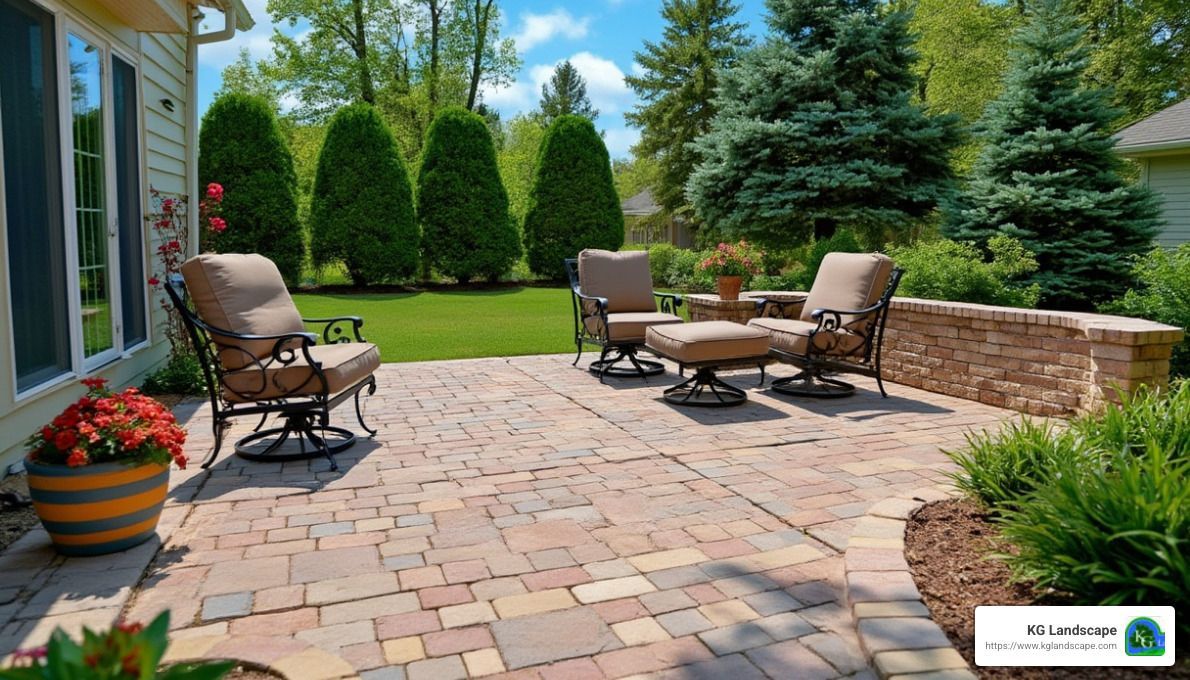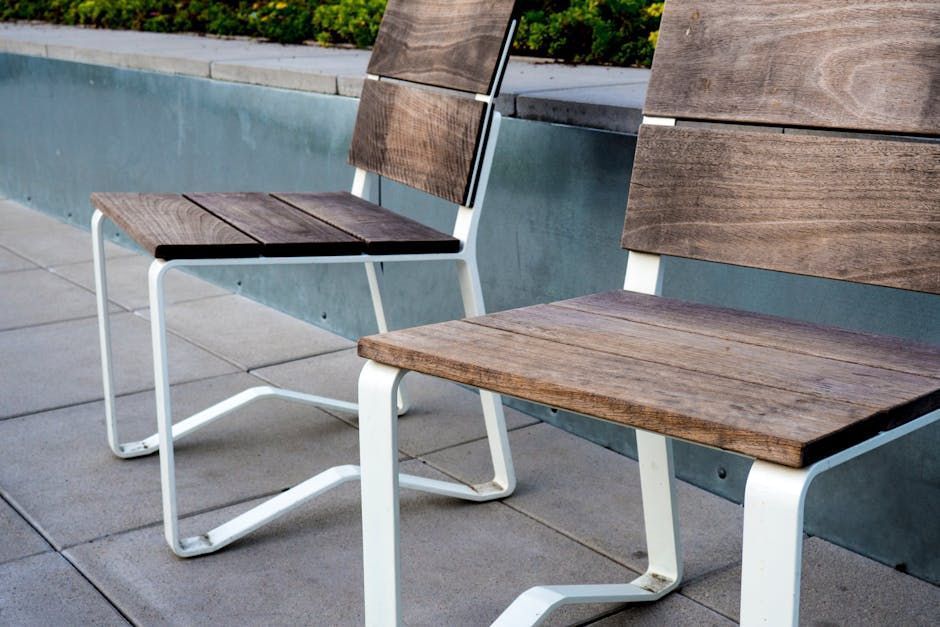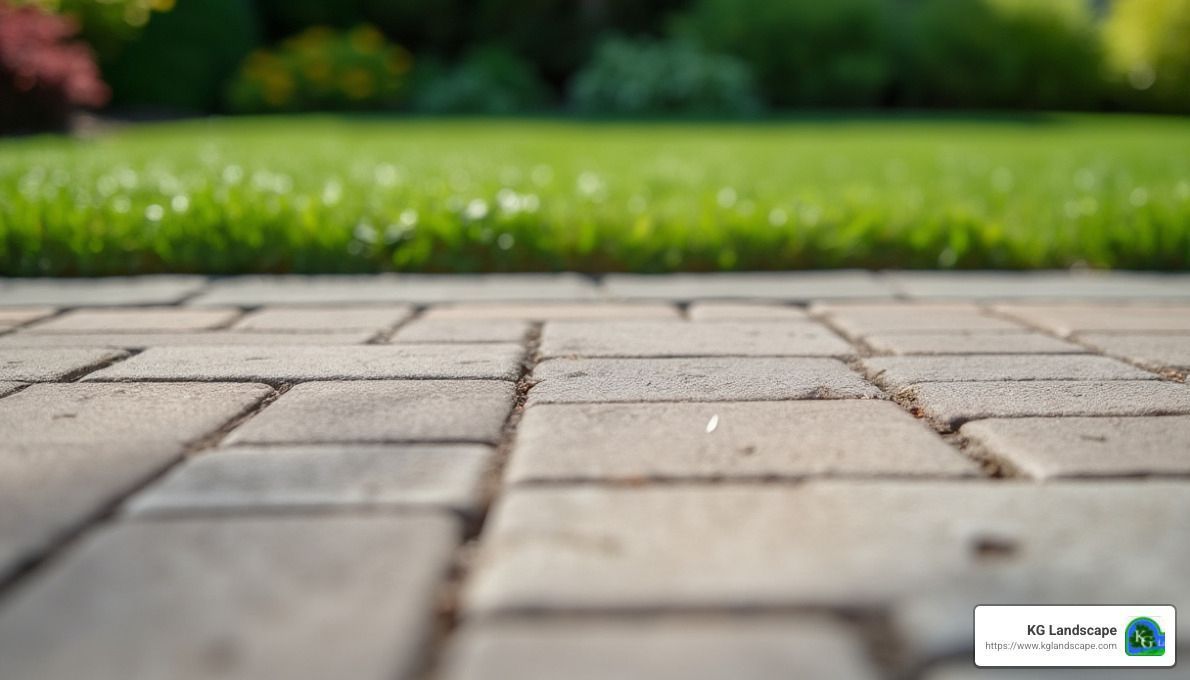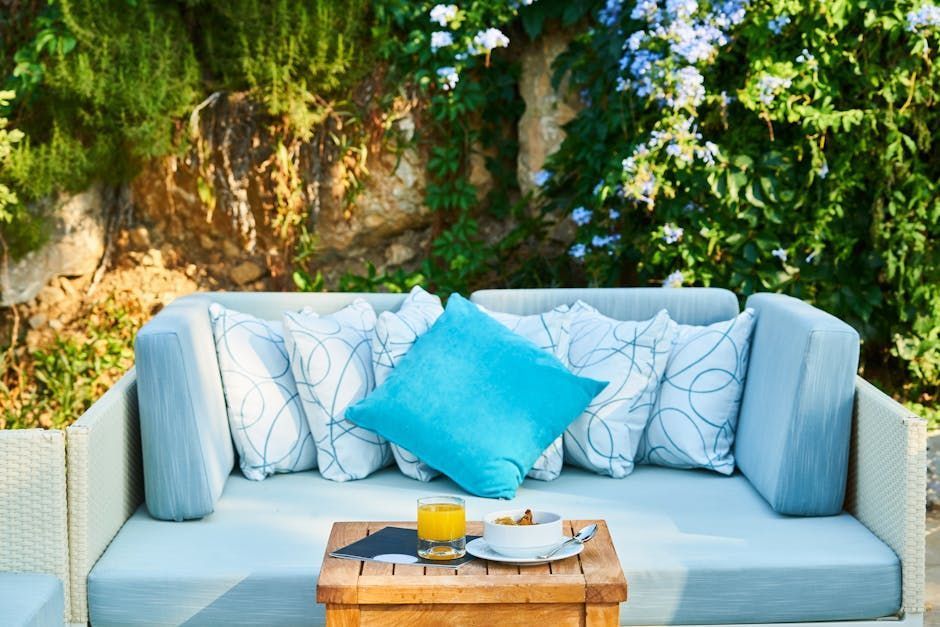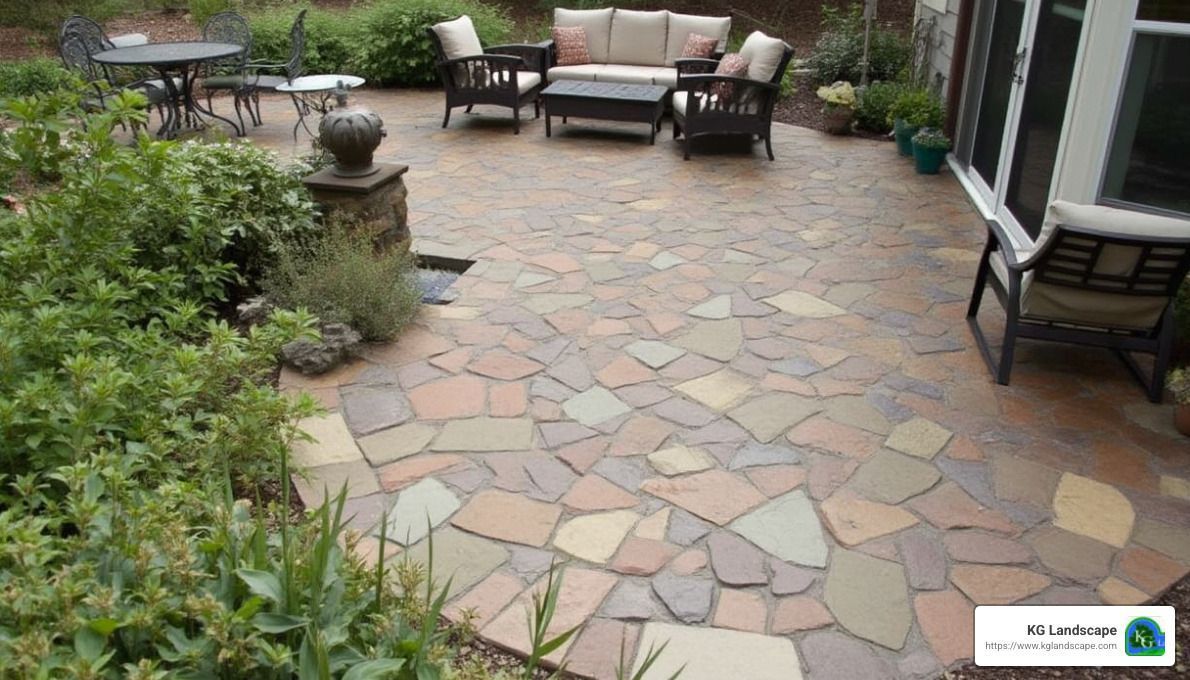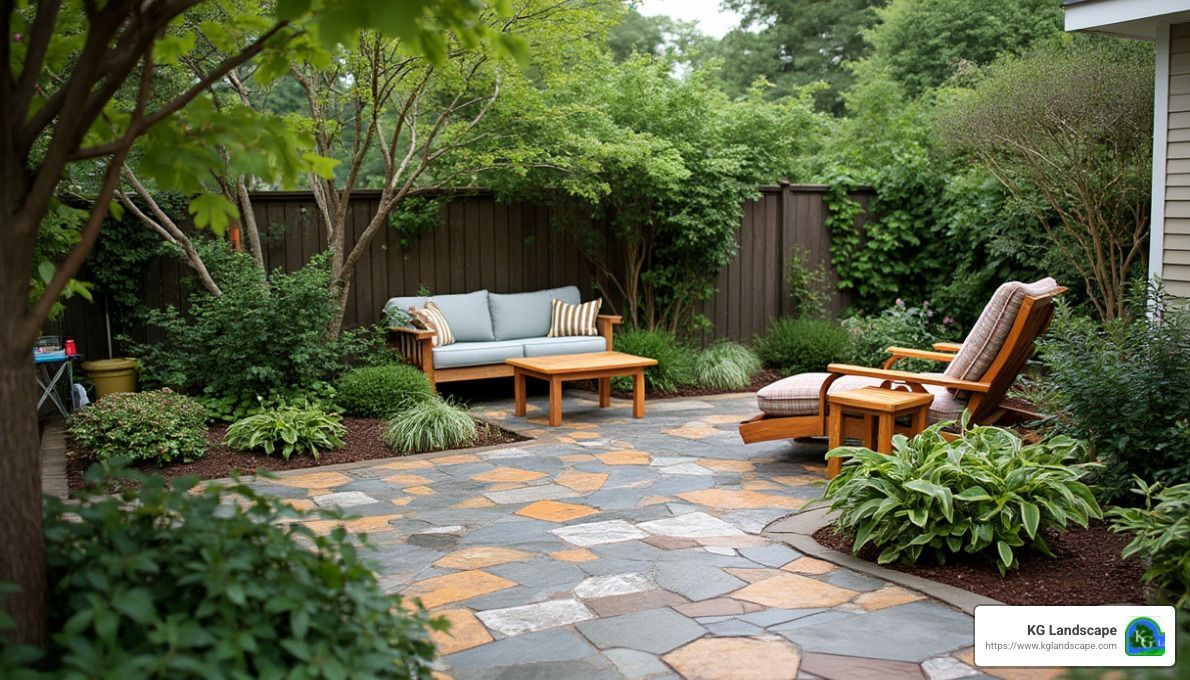Using Rainwater in Your Irrigation System
More and more people are using rain barrels to catch runoff from their roofs. It’s an eco-friendly way to keep water on hand for flower beds and gardens, but did you know you can also use that rainwater in your lawn’s irrigation system? It can be a big step toward using fewer resources, even if used only as a backup source of water.
Rain Barrels
The first step is deciding what size rain barrel or cistern to use. They range in capacity from 15 gallons all the way up to 10,000 gallons or even larger. The most common option we see in residential areas is a 50–100-gallon barrel that can catch rainwater from your home’s downspouts. (To see how much capacity you’ll need to catch the rain in your area, use this handy calculator
.) However, in order to run an irrigation system solely on rainwater, you’re going to need something much bigger than a 50-gallon barrel. A modest-sized quarter-acre yard with four irrigation zones can go through over 1,000 gallons of water per 20-minute cycle
. One little rain barrel doesn’t even come close to matching that.
This is where cisterns and holding tanks come into play. These can be a bit of an eyesore, so might be better for properties where they can be hidden away. Pumps and underground piping can divert water from rain barrels near your house to this holding tank. If you don’t want to have a large cistern on your property, or if local ordinances prohibit it, another option is to add underground holding tanks.
Safety Considerations
With all rain barrels and above-ground holding tanks, you’ll want to keep safety in mind.
Connecting to Irrigation
You will likely need an electrical pump to get water from your rain barrel or holding tanks to the irrigation pipes. A simple gravity system can work just fine if you’re hooking a hose or even a drip line up to the barrel, but it won’t provide enough pressure for a full irrigation system.
You don’t want to make a mistake hooking up the wiring, so we recommend hiring a professional for this step. After the pump is hooked up, it can then be tied to the irrigation’s control box. This means that when each valve opens, the pump will turn on, shunting water from the tank to the irrigation system.
If you’re worried about the storage tank not having enough capacity to keep the irrigation system running, you can install an autofill or a diverter. An autofill will add city water to the tank when it runs low, so the irrigation system is always running from the tank. A diverter will stop the pump and provide city water directly to the irrigation system. Either method is a good backup to have in place, ensuring that your irrigation system can run seamlessly regardless of rainfall.
Once everything is hooked up—voilá! Your home is a little more eco-friendly
.
Looking for more irrigation options for your yard? A smart irrigation system
can help save money and water. And if you’re interested in a few Minnesota myths about irrigation
, we have you covered. Here at KG Landscape, we’re experienced in installing irrigation systems
to any yard and can help you find the perfect solution to your watering woes. Give us a call at 763-568-7251 or use our quick quote system
to get in touch today.
The post Using Rainwater in Your Irrigation System
appeared first on KG Landscape Management.

